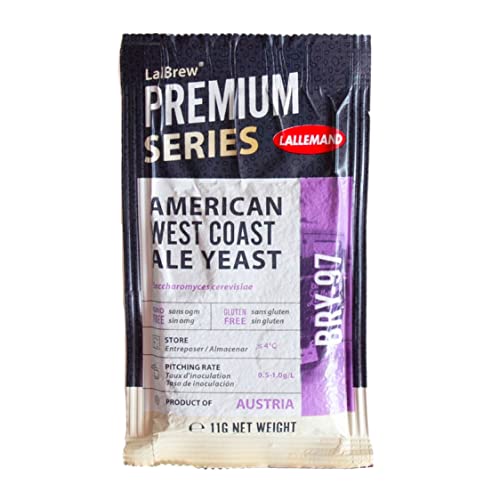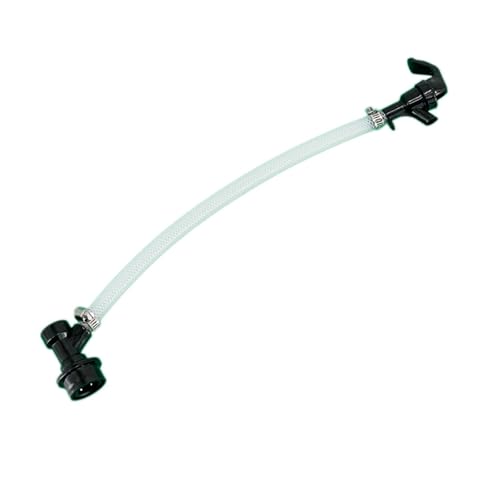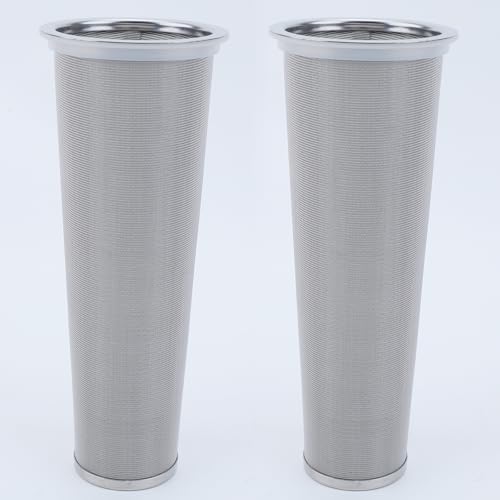It's got to be oxygen. Either on the hot side when putting in flameout additions or the cold side when bottling.
I just skimmed the thread so apologies if I missed some relevant information on your process and/or outcomes.
Does your beer turn out darker than you would expect? If yes, this is a clear sign of post fermentation oxidation. If not, there may be other causes to your problems, at least in part.
I read you were talking about using RO water, so you seem to have water chemistry in check. Do you also have the possibility to check pH? I ask because a tight control on pH seems to be very important for getting the maximum out of hoppy beers.
If your wort and then beer pH is too high, it could dull your hop flavors.
I also had the impression that my hoppy beers improved dramatically when I started controlling pH in a much more systematic and consistent way. In the mash, but also in the boil and beyond.
Ideally you'd want to be around 5.0 pH when your wort goes into the fermenter, and 4.3 to 4.5 when you package your beer. The huge hop additions of modern IPAs (be it west coast or NEIPA) tend to increase pH, so it is advisable to take measures to get your pH in the proper range.
IF oxidation is indeed your main problem, then it could also happen before the bottling step.
Are you cold crashing? How much headspace do you have in your fermenter? Is your fermenter sealing tightly?...
With small 1 gal batches I could imagine that you are at a higher risk of O2 exposure just due to the potentially larger surface/volume ratio, but I might be wrong here...
In any case there seem to be enough 1 gallon brewers who are successful at brewing hoppy beers.








































![Craft A Brew - Safale BE-256 Yeast - Fermentis - Belgian Ale Dry Yeast - For Belgian & Strong Ales - Ingredients for Home Brewing - Beer Making Supplies - [3 Pack]](https://m.media-amazon.com/images/I/51bcKEwQmWL._SL500_.jpg)


















